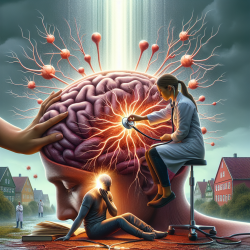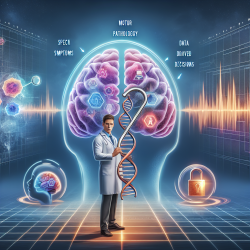Introduction
Headache disorders and facial pain are prevalent, often debilitating conditions that affect a significant portion of the population. According to the World Health Organization, migraines alone rank among the top disabling conditions worldwide. The Danish Headache Society has developed comprehensive guidelines to aid healthcare practitioners in diagnosing and treating these conditions effectively. This blog will explore key takeaways from the "Reference programme: diagnosis and treatment of headache disorders and facial pain" by the Danish Headache Society, 3rd edition, 2020.
Understanding the Guidelines
The guidelines provide a structured approach to diagnosing and managing headache disorders, emphasizing the importance of a thorough medical history and physical examination. The guidelines categorize headaches into primary and secondary types, with primary headaches including migraines, tension-type headaches, and cluster headaches. Secondary headaches are attributed to other medical conditions and require different management strategies.
Diagnosis and Treatment
Accurate diagnosis is crucial for effective treatment. The guidelines recommend using the International Classification of Headache Disorders (ICHD-3) criteria for diagnosis. For primary headaches, the focus is on identifying specific headache characteristics, such as duration, intensity, and associated symptoms. For secondary headaches, identifying underlying causes is essential.
Management Strategies
The guidelines advocate for a combination of pharmacological and non-pharmacological treatments. For migraines, triptans and NSAIDs are commonly used, while tension-type headaches may benefit from analgesics and stress management techniques. Cluster headaches often require more specialized treatments, such as oxygen therapy and specific medications like verapamil.
Special Considerations
The guidelines address special populations, including children and women, particularly concerning hormonal influences on migraines. For children, the focus is on age-appropriate treatments and considering comorbid conditions. For women, understanding the impact of hormonal changes and contraceptive use on migraines is crucial.
Encouraging Further Research
While the guidelines provide a robust framework, they also highlight areas where further research is needed, such as the effectiveness of certain treatments in specific populations and the long-term outcomes of different management strategies. Practitioners are encouraged to stay updated with the latest research and adapt their practices accordingly.
To read the original research paper, please follow this link: Reference programme: diagnosis and treatment of headache disorders and facial pain. Danish Headache Society, 3rd edition, 2020.










